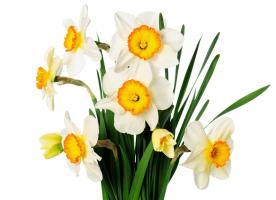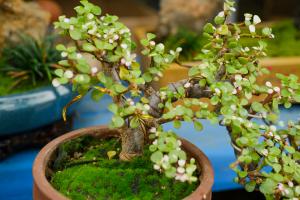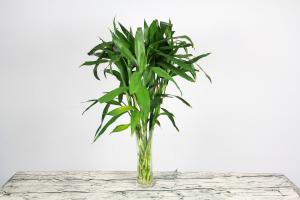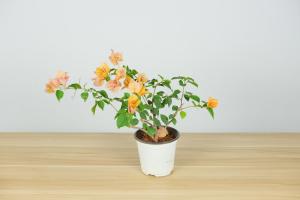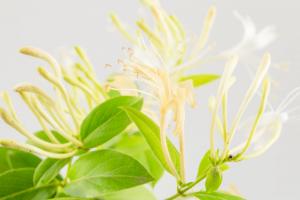1、 What if it doesn't bloom
1. Increase sunshine: hyacinth needs light for flowering. Appropriate lighting is conducive to photosynthesis. If there is no sunshine, nutrients cannot be produced, which will naturally affect flowering, not only affect flowering, but also lead to yellowing of leaves. During the growth period, it must be placed in a place with good light to supplement sufficient sunshine, but it cannot be exposed to the hot sun
2. Rational fertilization: fertilizer provides necessary nutrients for hyacinth flowering. If it is not fertilized, it will also affect the flowering. Organic fertilizer can be applied before flowering. Pay attention that the fertilizer cannot be in direct contact with roots, leaves and flowers
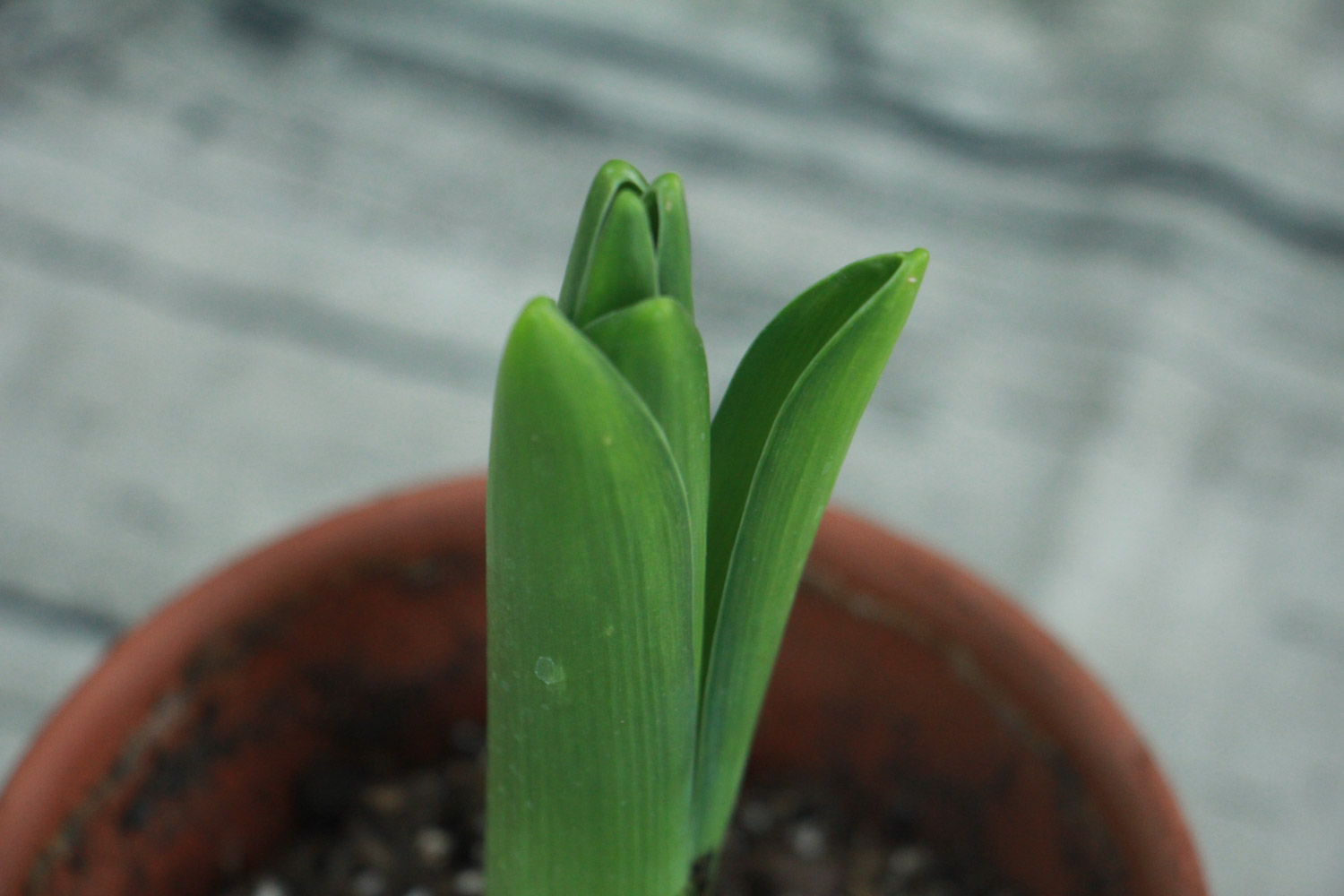
3. Water control: if hyacinth is cultivated in soil, it will be dry due to lack of water, and excessive watering will cause rotten roots, both of which will lead to non flowering. Pay attention to reasonable watering, and water properly when the basin soil surface becomes dry. If it is hydroponic, too high water level will also lead to bulb rot and affect flowering, so it is necessary to control the amount of water
4. Temperature control: the temperature is not appropriate on the high side or low side, which will affect the flowering. Moreover, without low temperature treatment before planting, it may lead to arrow clamping and affect flowering. Low temperature treatment shall be conducted before planting, and the temperature shall be maintained at about 15-18 ℃ before flowering
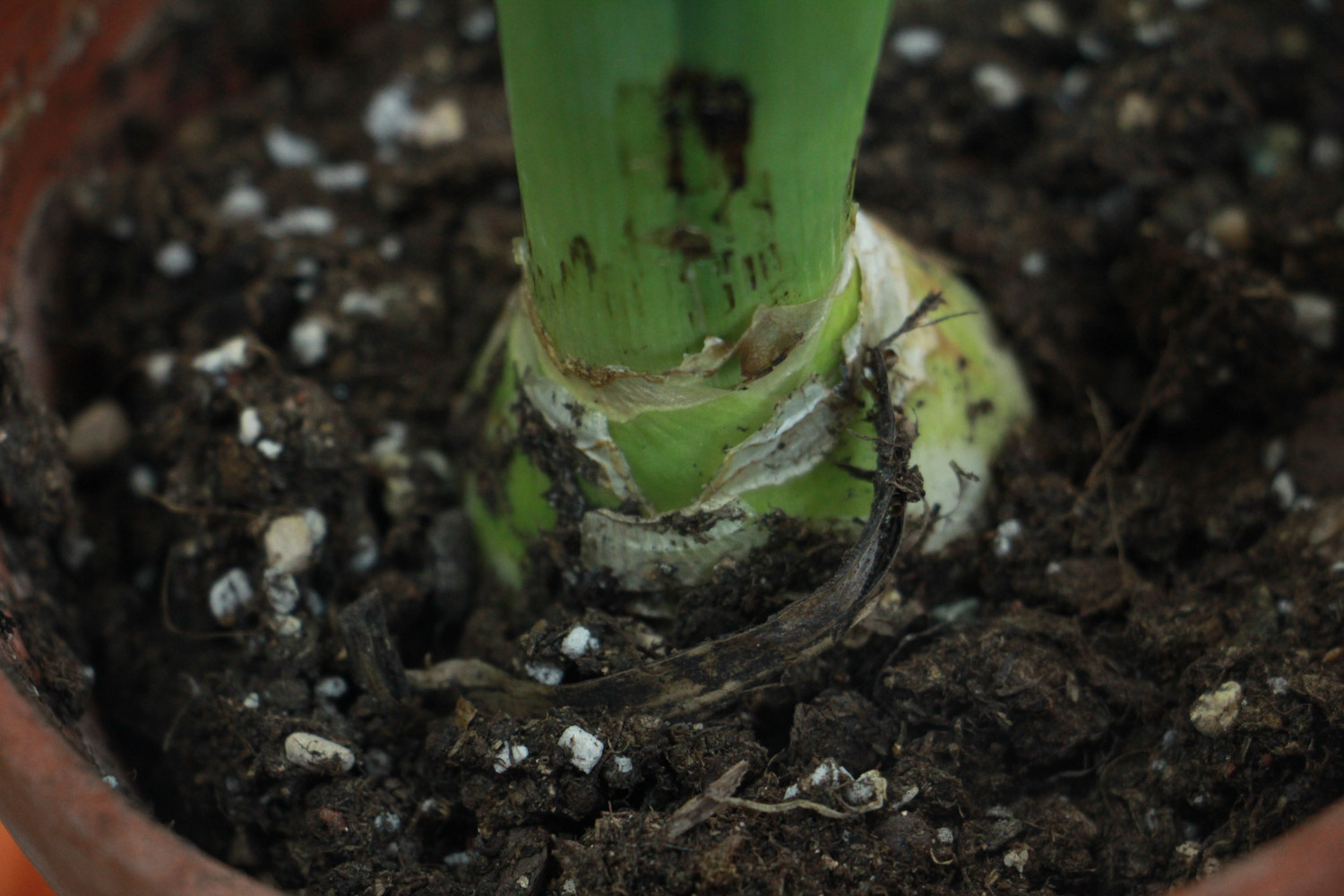
2、 How long does flowering last
After hyacinth blooms, it lasts for about half a month and gradually withers
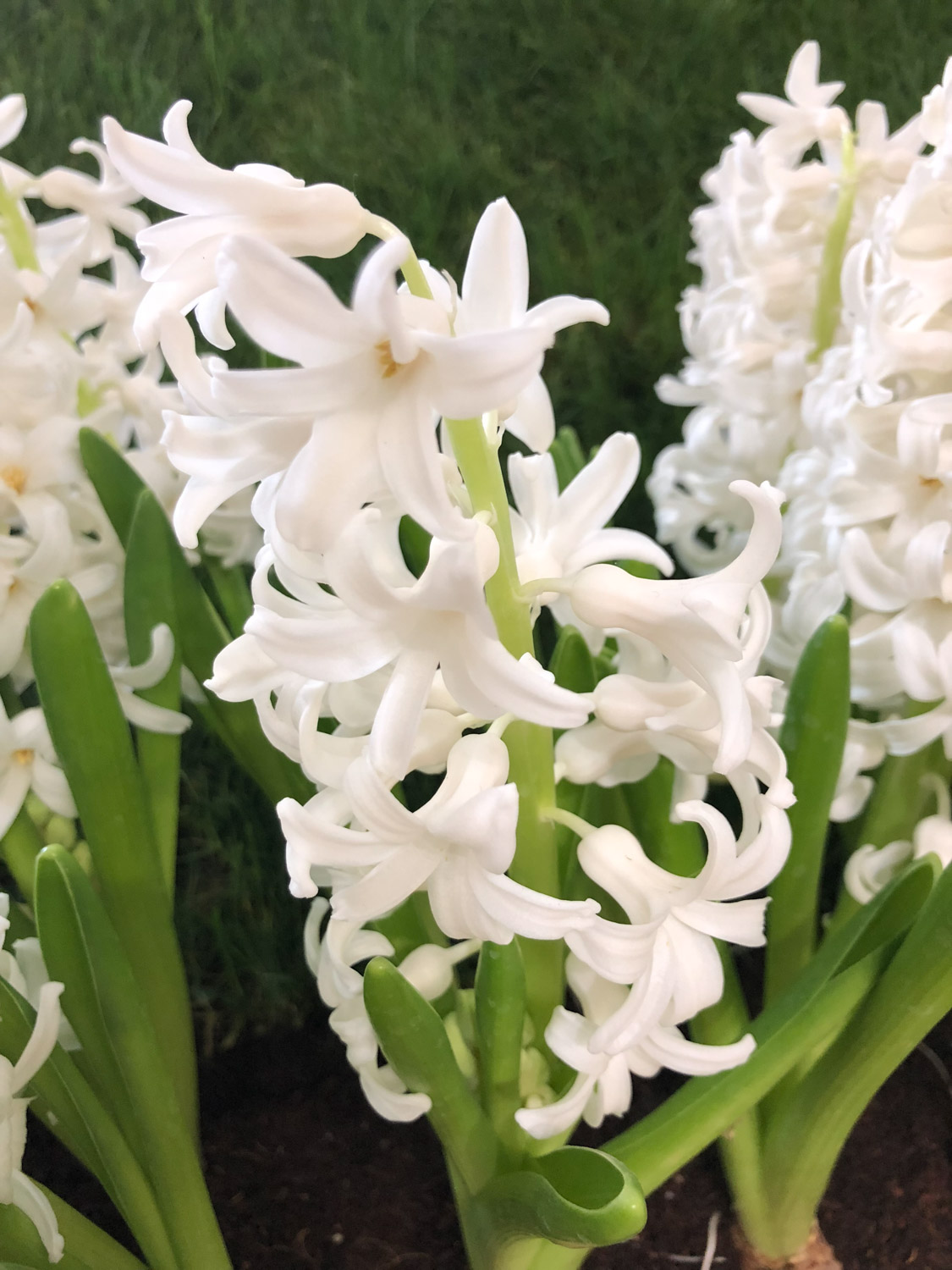

 how many times do yo...
how many times do yo... how many planted tre...
how many planted tre... how many pine trees ...
how many pine trees ... how many pecan trees...
how many pecan trees... how many plants comp...
how many plants comp... how many plants can ...
how many plants can ... how many plants and ...
how many plants and ... how many pepper plan...
how many pepper plan...